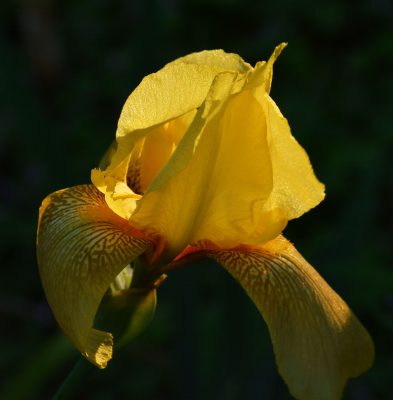Get Growing: Fall Vegetables, Seeds, Irises
air date: September 29, 2018
In Central Texas, winter is the easiest season to grow vegetables, including various greens, carrots, radishes, and cole crops like broccoli. Jay White, gardener and new owner of Texas Gardener magazine with wife Sally, explains how to transition from summer to cool weather harvests. Designers Leah Churner and Colleen Dieter team up to demonstrate how to plant seeds, from flowers to food. And check out the newly launched Central Texas Seed Library! Now’s also the time to divide and fertilize drought tough bearded irises: Daphne explains why. And, she identifies a foamy-looking growth under a tree—slime mold, also called dog vomit! North Carolina gardener and photographer Tonya Peele from plant + shoot explains how depth of field puts your focus just where you want it.








